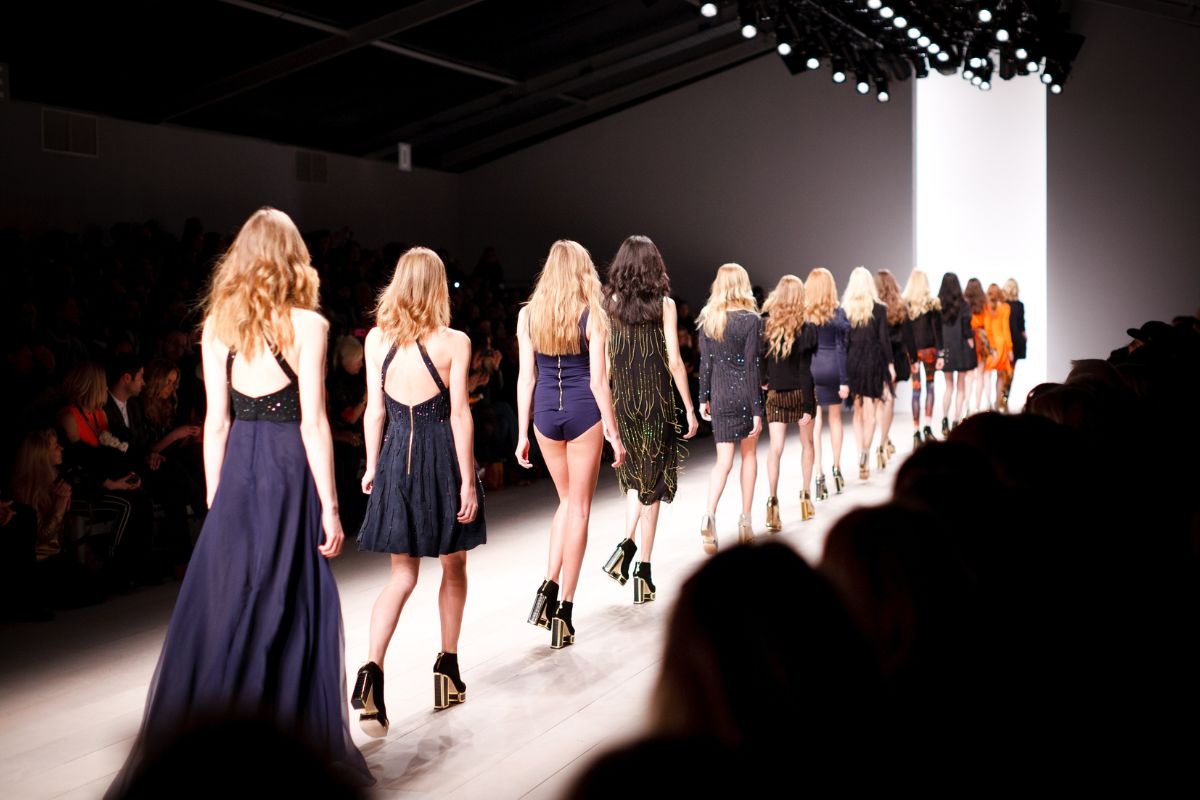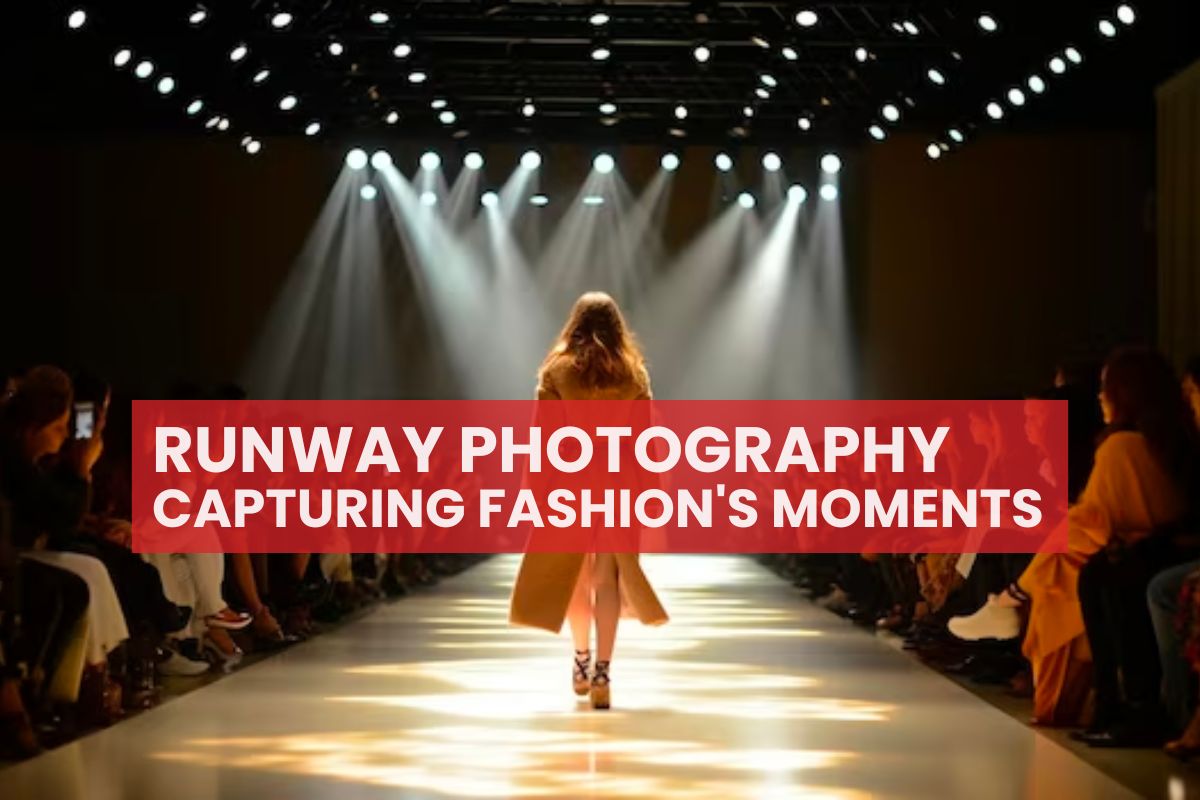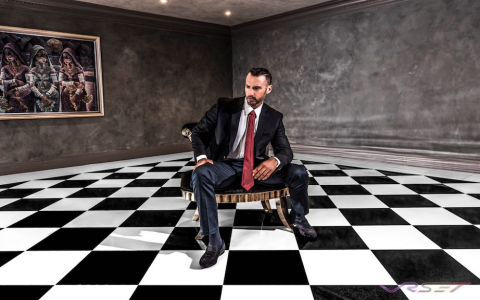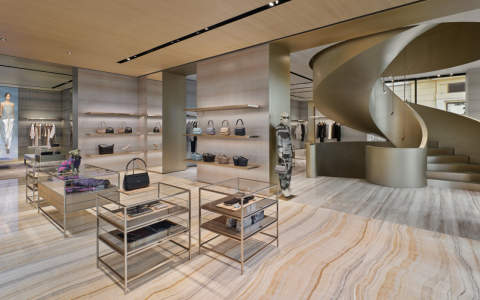So, you wanna know about fashion show photography, huh? Folks see the glossy magazine shots and think it’s all champagne and supermodels. Well, let me pull back the curtain a bit on what it’s actually like, at least from my experience. It’s a whole different ball game than just snapping pics in your backyard.

Getting Started – More Hustle Than Glamour
I didn’t just wake up one day and decide to shoot fashion shows. It kinda just happened. I was doing some event photography, you know, birthdays, local gigs, that sort of thing. Then someone knew someone who needed an extra hand at a small, local fashion event. Man, was I out of my depth. My trusty old camera, which I thought was pretty decent, suddenly felt like a kid’s toy.
The lighting was all over the place, models moved like lightning, and I was just fumbling around. I got a few usable shots, more by luck than skill, I reckon. But that first chaotic experience, it lit a fire. I knew I had to figure this thing out.
The Gear Talk – What I Ended Up With
You can’t just show up with any old camera. That was lesson number one. After that first disaster, I started looking into what the pros were using. It’s not about having the most expensive stuff, but the right stuff.
- A fast camera: By fast, I mean one that can take a lot of pictures really quickly, frames per second, they call it. Models don’t wait for you.
- Good lenses: This was a big one. I needed something that could handle low light and zoom in from a distance, ’cause you’re often stuck in one spot. A 70-200mm f/2.8 lens became my best friend. Expensive, yeah, but worth it.
- Lots of memory cards: You’ll shoot way more photos than you think. Thousands, sometimes.
- Extra batteries: Nothing worse than your camera dying mid-show.
It took a while to build up my kit. Lots of saving, buying used gear at first. It wasn’t an overnight thing.
Before the Show – The Scramble
Getting access is a whole process in itself. For bigger shows, you need credentials. That means applying, showing your past work, sometimes knowing the right people. It’s a bit of a gatekeeping situation, to be honest. For smaller shows, it might just be a chat with the organizer.

Once you’re in, it’s all about finding your spot. There’s usually a designated area for photographers, the “pit.” And let me tell you, it can get crowded. Everyone wants the best angle. I learned pretty quick to get there early, stake out a decent spot, and be prepared to stand your ground, politely of course. Sometimes you’re squished in like sardines. You test your settings, check your lighting, and try to get a feel for the runway. There’s this nervous energy before it all kicks off.
During the Show – Controlled Chaos
And then the music starts, lights hit the runway, and it’s go time. It’s intense. Models walk fast. The lighting can change dramatically from one outfit to the next. You’re constantly adjusting settings, trying to track focus, anticipating the key moments – the turn, the pose, the detail of the garment.
You’re not just clicking away mindlessly. You’re looking for the shot. The one that captures the essence of the design, the model’s attitude, the energy of the show. It’s a rush, but you have to stay focused. There’s no “do-over.” If you miss a look, it’s gone.
You also learn to deal with other photographers. Sometimes people bump you, or their flash goes off when you don’t want it to. You just gotta roll with it, keep your cool, and focus on your own work. It’s not a team sport in that moment.
After the Show – The Editing Marathon
Phew. The show’s over. But your work isn’t. Not by a long shot. Now comes the culling and editing. I usually get home, dump all the photos onto my computer – and there are hundreds, sometimes thousands, like I said. My first pass is just to get rid of the obvious duds: out of focus, eyes closed, bad framing.

Then it’s onto the selects. Choosing the best ones. This can take hours. You’re looking for sharpness, good composition, expression, and how well the photo showcases the clothes. After that, it’s editing. Adjusting exposure, color, contrast, maybe a little cropping. You want the photos to pop, but still look natural.
Deadlines are often tight, especially if it’s for a publication or the designer needs them quickly. So, you’re often up late, fueled by coffee, trying to get everything perfect. It’s definitely not as glamorous as people think, staring at a screen for hours.
So, Why Do It?
It sounds like a lot of hard work and stress, and it is. But there’s something about capturing that fleeting moment, the artistry of the clothes, the energy of the show. When you nail a shot, a really great shot, it’s incredibly satisfying. Plus, you get to see some amazing creativity up close. It’s a tough gig, but for me, it’s been a wild ride, and I’ve learned a ton along the way. You just gotta be prepared for the hustle.



